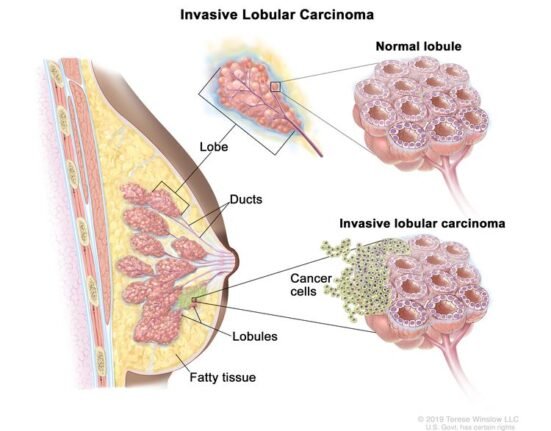HQ Team
March 28, 2024: Australia’s carbon offset scheme, a central feature of climate policy in the country for two decades, to regenerate forests has had negligible impact on woody vegetation cover and carbon sequestration, a study found.
Researchers from the Australian National University analysed 182 human-induced regeneration (HIR) projects, the most popular project type under the national offset scheme.
The regeneration projects received 37 million credits until June 2023 and it covers almost 42 million hectares, an area larger than Japan.
As of June 30, 2023, they were the world’s fifth largest nature-based offset type by credit issuances and the largest when projects involving avoided emissions were excluded.
The analysed projects received 27.4 million credits over the period from December 11, 2013 — when the first HIR project was registered — to June 30, 2022, suggesting a substantial proportion of the credited areas should have transitioned from non-woody cover to either sparse woody or forest cover because of the human-induced forest regeneration.
Negligible change in woody cover
“This has not occurred,” the researchers wrote in Communications Earth and Environment journal.
Almost 80% of projects experienced a negative or negligible change in woody cover in the credited areas from project registration to 2022.
Despite the absence of positive woody cover change, these 143 projects received 22.9 million credits over the period.
The analysed projects are mostly located in dry outback areas in Queensland, New South Wales and Western Australia, and are being credited for regenerating native forests in largely uncleared areas.
The projects did not involve the planting of trees. They are mainly claiming to regenerate native forests from soil seed stock, and suppressed seedlings, by reducing livestock and feral animal numbers, according to a university statement.
The projects have been controversial because decades of scientific research in Australia’s rangelands suggests grazing by livestock and feral animals generally does not have a material negative impact on woody vegetation cover, according to the researchers.
‘Largely failing’
Researchers assessed if woody vegetation cover increased in the ‘credited areas’ of the projects, where even-aged forests are supposed to be regenerating, and analysed whether the trends in woody cover in the credited areas were materially different from those in comparison areas adjoining the project boundaries.
The projects have been “substantially over-credited and are largely failing,” said Professor Andrew Macintosh, from the Australian National University. “The projects … most of them claim regeneration started around 2010 to 2014,” he said.
“Due to this, their effects on woody vegetation cover should be very clear. But the data suggests tree cover has barely increased at all and, in many cases, it has gone backwards.
“The proportion of the total credited area, 3.4 million hectares, with woody cover increased by a mere 0.8 per cent over this time.
“Forest cover — areas where the crowns of the trees cover is equal to or more than 20 per cent of the area — increased by only 3.6 per cent, while sparse woody cover — areas where the crowns of the trees cover between 5 per cent and 19 per cent — decreased by 2.8 per cent.”
‘Neither has occurred’
Credits were issued to projects whose woody cover declined or was largely stagnant. Each ton of carbon sequestered by these forests constitutes a single carbon credit.
Given the levels of credited sequestration, the changes in woody cover should be readily apparent, beyond the levels of classification error in the underlying data, which is likely to be in the order of 5–10%.
“A substantial proportion of the credited areas should have already attained forest cover and, at the very least, there should have been large increases in sparse woody cover that go well beyond changes observed in the external comparison areas. Neither has occurred,” the researchers wrote.
“The results suggest the observed changes in woody vegetation cover are predominantly attributable to factors other than the project activities, most likely rainfall.” ANU Professor Don Butler, who led the statistical analysis in the study, said.
The researchers say that a key problem with HIR projects is that sequestration is modelled, not directly measured. In addition, the model assumes even-aged forest regeneration is occurring across the entirety of the credited areas, regardless of what is happening on the ground.
‘Makes climate change worse’
Dr Megan Evans from UNSW Canberra said: “The projects have largely failed to regenerate native forests and the evidence suggests things are unlikely to improve.
“Where carbon credits are issued to projects that do not sequester as much carbon as they are supposed to, it makes climate change worse,” she said.
“Credits from low-integrity projects facilitate increases in emissions but the increases are not offset by reductions elsewhere.”
The term carbon offset broadly refers to a reduction in greenhouse gas (GHG) emissions – or an increase in carbon storage (e.g., through land restoration or the planting of trees) – used to compensate for emissions that occur elsewhere.
A carbon offset credit is a transferrable instrument certified by governments or independent certification bodies to represent an emission reduction of one metric tonne of CO2, or an equivalent amount of other greenhouse gases (GHG).
The purchaser of an offset credit can “retire” it to claim the underlying reduction towards their own GHG reduction goals. The key concept is that offset credits are used to convey a net climate benefit from one entity to another.








